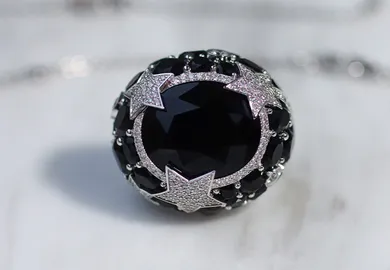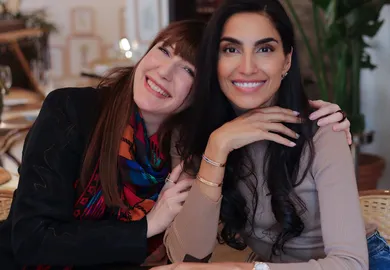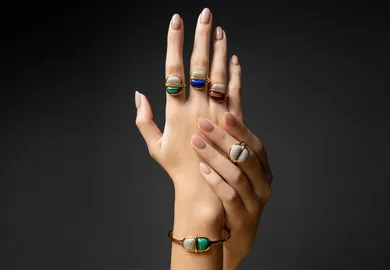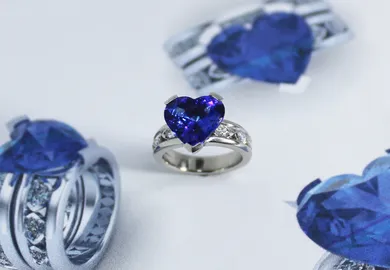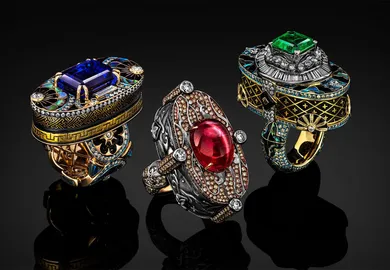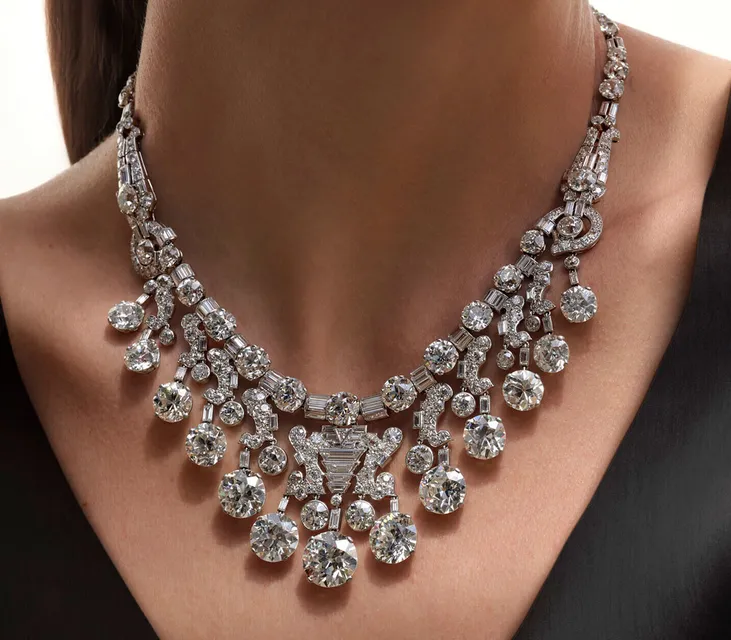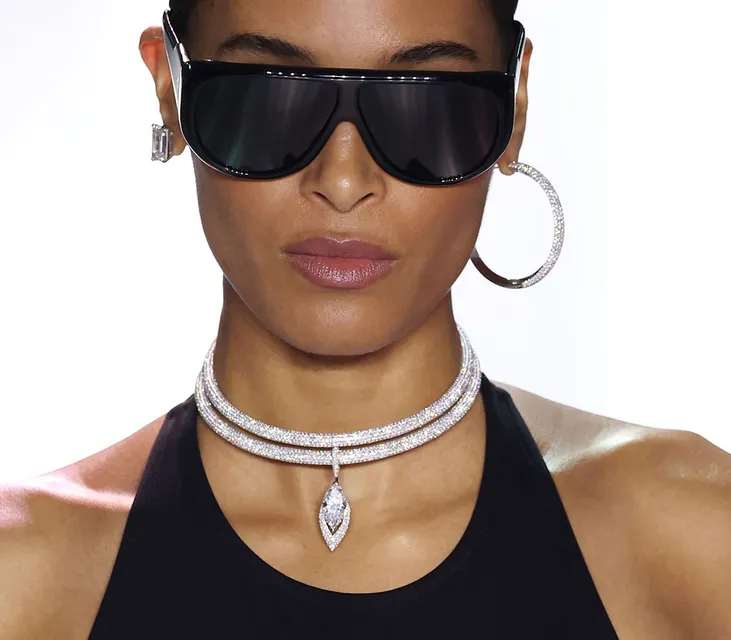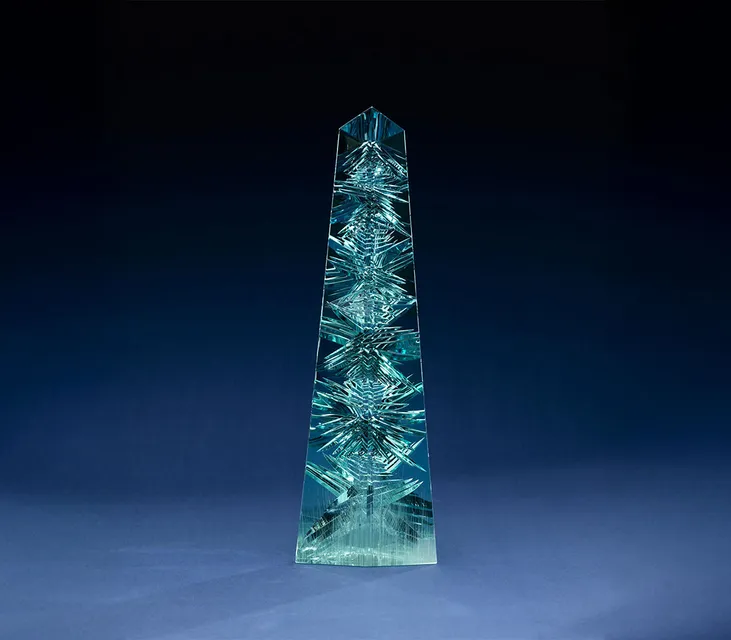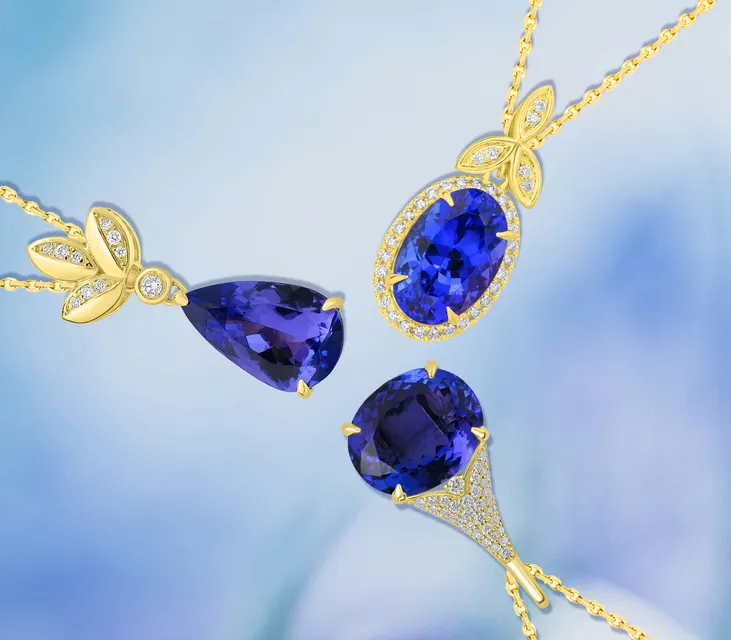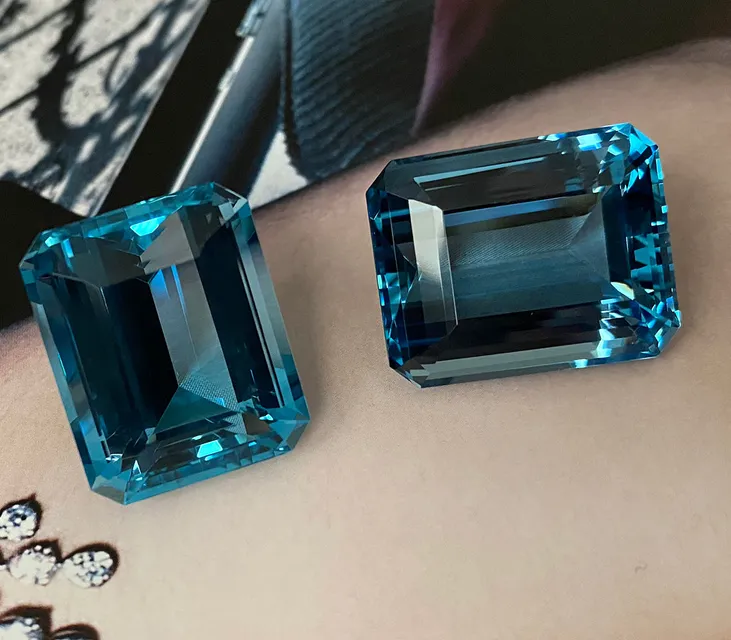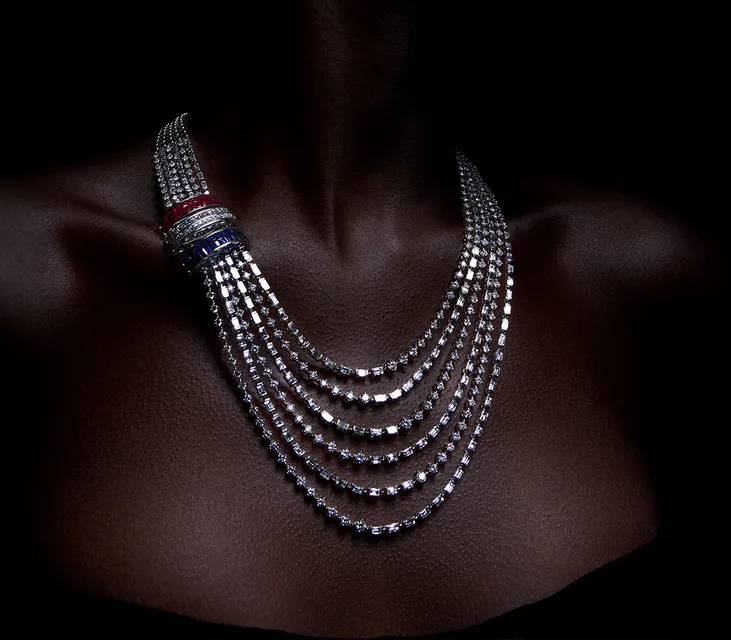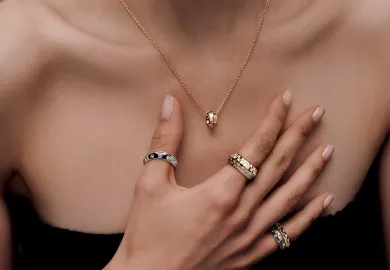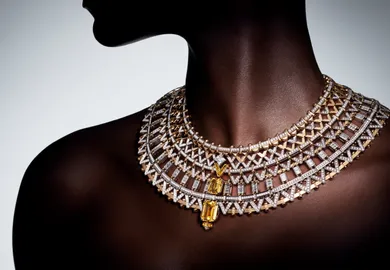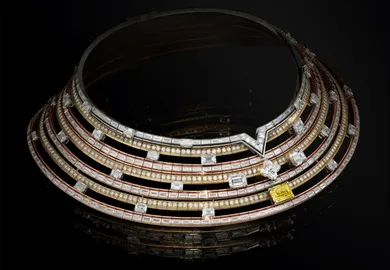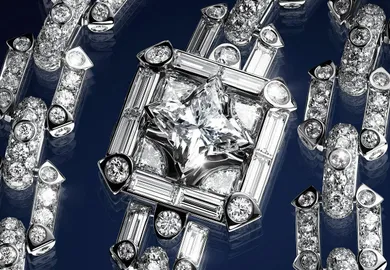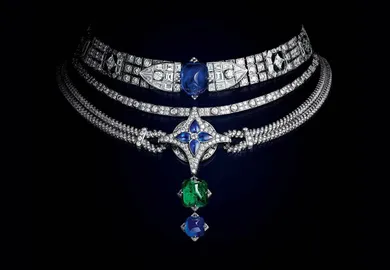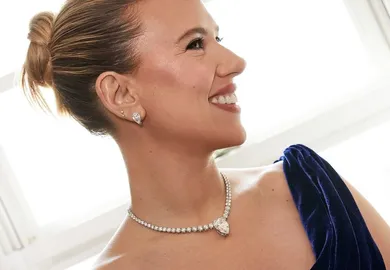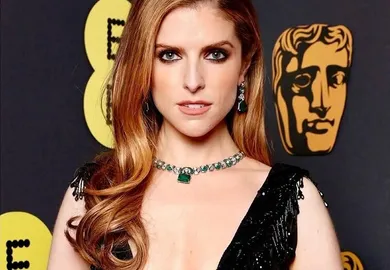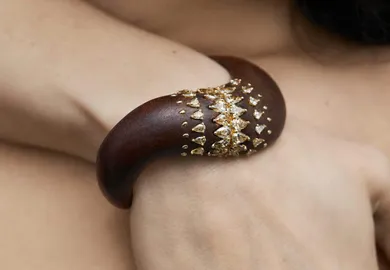

The New Stone Age: A Vogue Jewellery Editor’s Guide to Crystal Gazing
Carol Woolton has an encyclopedic knowledge of gemstones. The jewellery historian, author and contributing jewellery director for British Vogue has looked at, studied and written about them for 25 years. Until now, she has focused on precious gemstones whose beauty lies in their rarity, flawlessness, refraction and lustre. In her latest book, however, she explores how these ancient conduits for positive, grounding energy are being embraced by a new generation seeking strength, comfort and meaning in their daily lives, and how you can incorporate them into your life too.
Over 256 gloriously illustrated pages, Woolton traces the history of 15 different types of crystals and stones and advises how you can incorporate them into your home, your wardrobe and your jewellery collections. I spoke to Carol to find out what inspired her to write The New Stone Age, how she uses crystals in her own home and which jewellers she admires who are incorporating some of Earth’s most magical creations into their designs.
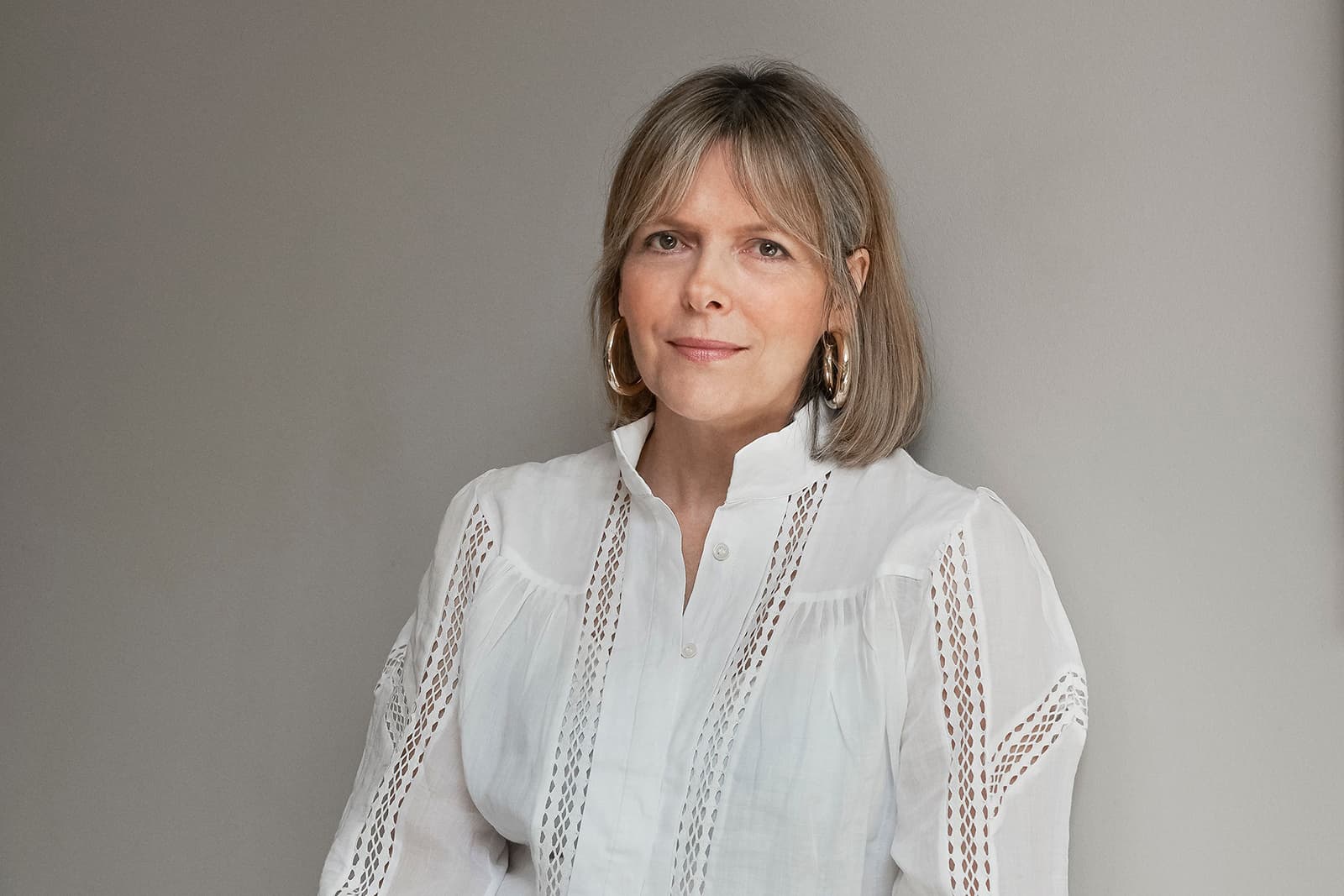
In her latest book, Carol Woolton explores how crystals are being embraced by a new generation seeking strength, comfort and meaning in their daily lives
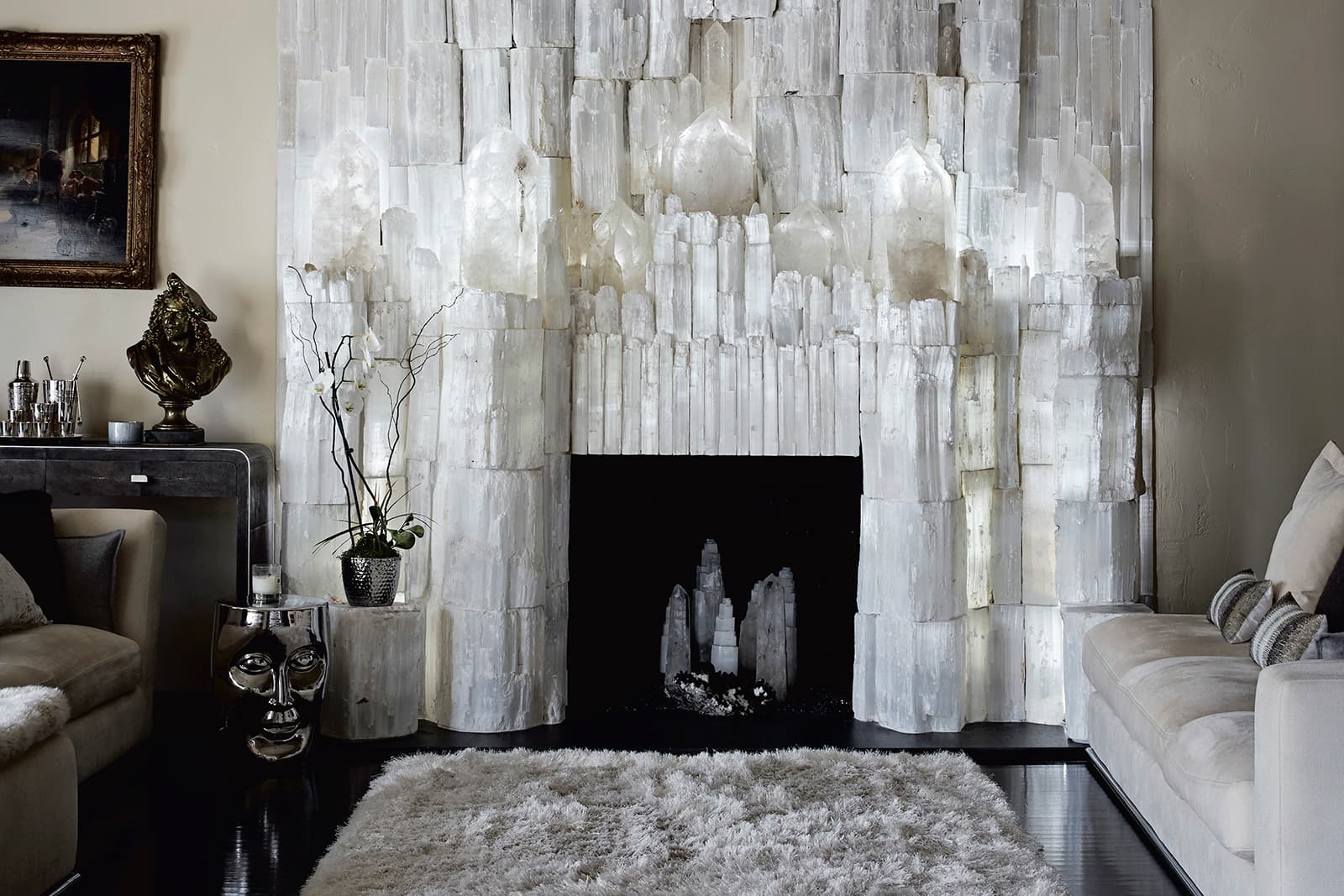
This magnificent selenite fireplace belongs to the legendary jewellery designer Robert Procop (Jon Day © 2020)
KP: What first sparked your interest in crystals?
CW: I’ve always found beauty and solace in all manner of stones, not only precious gemstones, but minerals and pebbles rich in quartz that catch the light. As a jewellery editor I’ve been able to work on my fascination with stones, often going to the mine source and frequently questioning the effect stones have on us. I’ve listened to stone cutters’ stories of how exhausted they feel working on rubies with their fiery passion, as opposed to more gentle blue sapphires. After writing an article for British Vogue in 2018 about crystals and their healing powers, I wanted to understand more about the energy within stones and explore the truth about their efficacy as “protectors”.
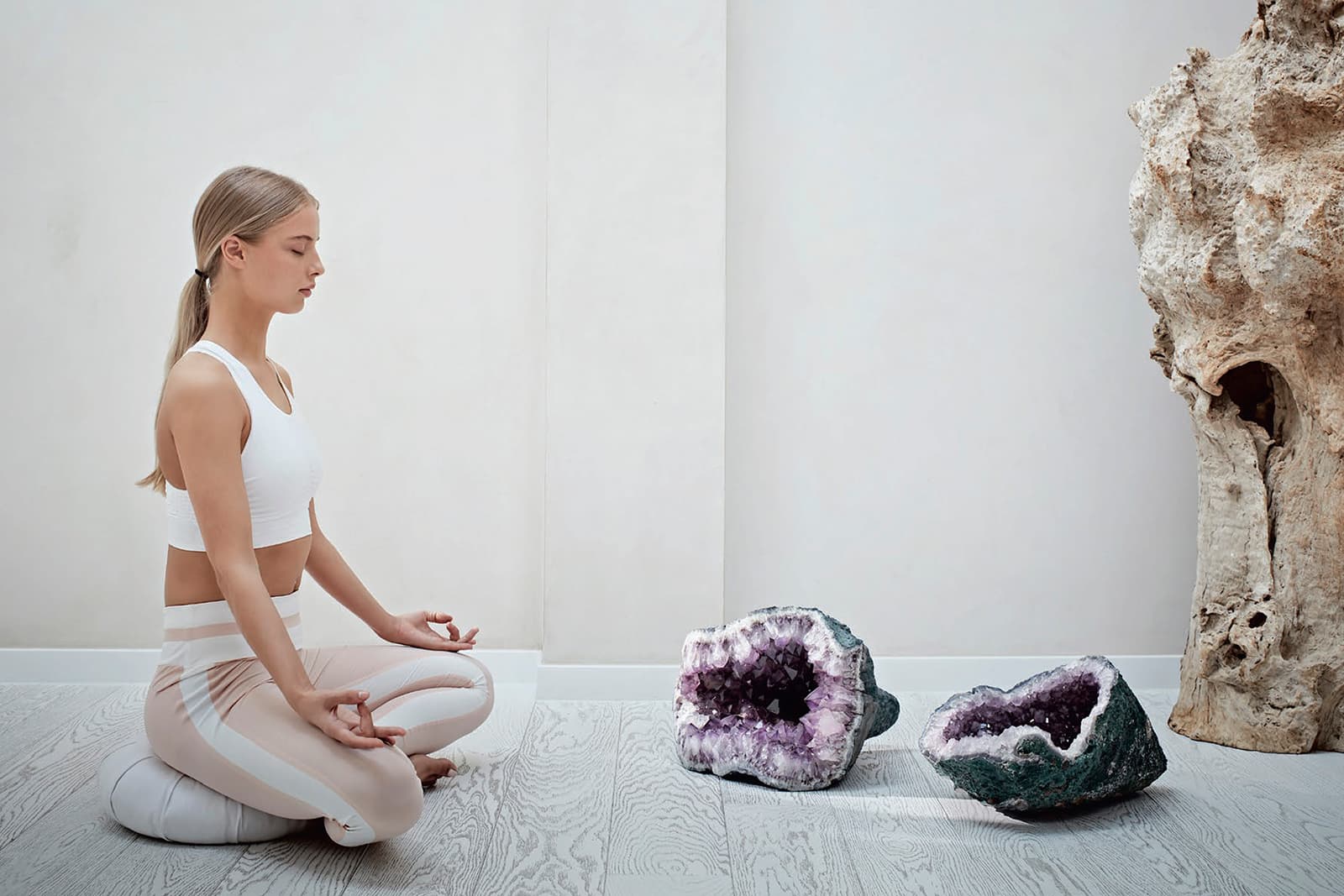
Woolton believes that crystals provide a sense of comfort and purpose, and fulfil a human desire for something more meaningful than the self
KP: Which are your favourite crystals?
CW: I’m just fascinated by rock crystal, which the ancient Japanese called “the perfect jewel” because it represents space, purity and perseverance, which we all need a bit of right now. I find the inner fiery wisps of smoke inside mesmerising, what the Japanese called the breath of the white dragon, making it appear to have dimensions within dimensions and a complex combination of depth, light and reflection that draws me inside. I get totally distracted, which makes for stressful situations, so like most of the people I interviewed for the book who owned rock crystal, I keep it near my office to help me think.
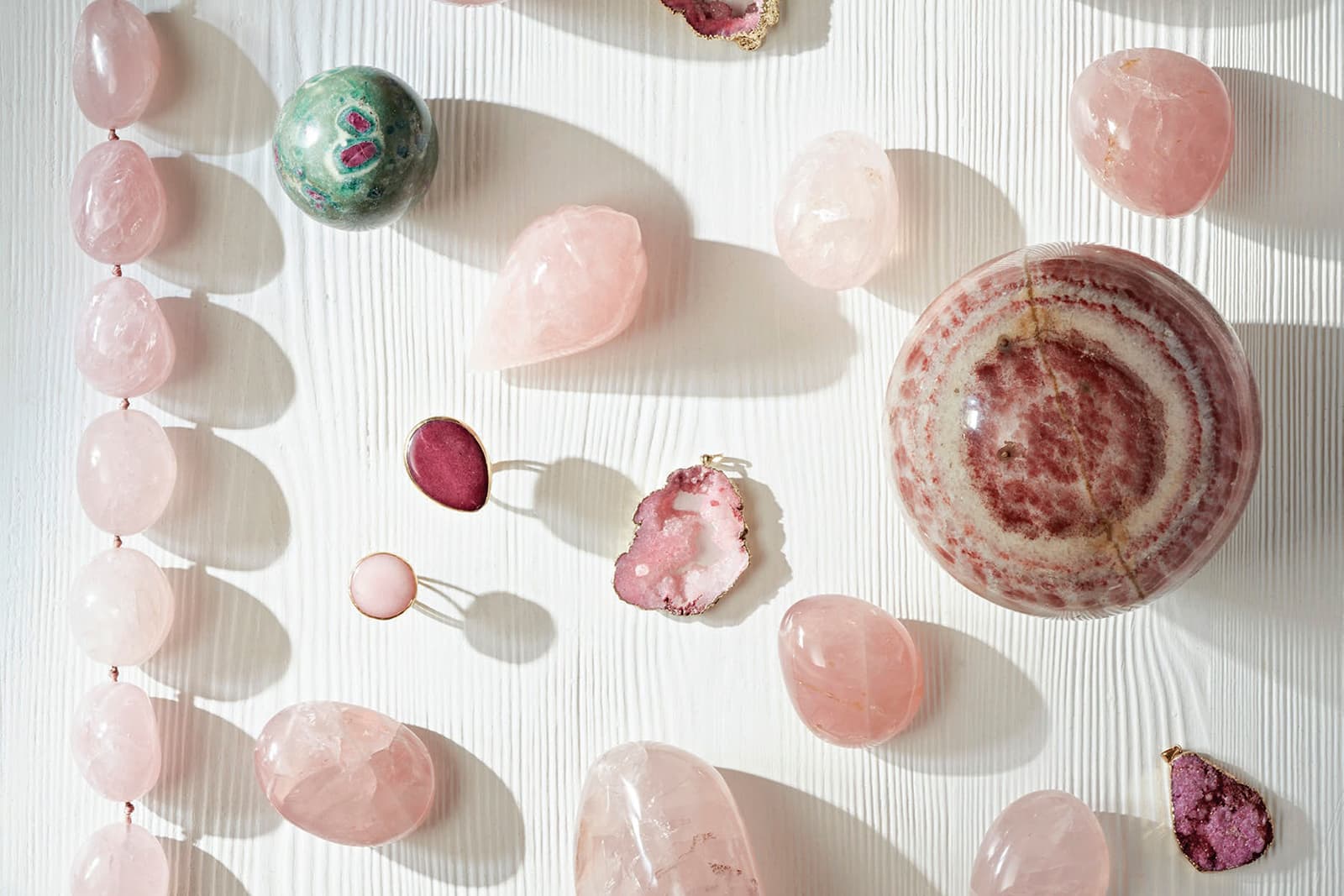
Rose quartz promotes peace and healing (Jon Day © 2020)

WORDS
Katerina Perez is a jewellery insider, journalist and brand consultant with more than 15 years’ experience in the jewellery sector. Paris-based, Katerina has worked as a freelance journalist and content editor since 2011, writing articles for international publications. To share her jewellery knowledge and expertise, Katerina founded this website and launched her @katerina_perez Instagram in 2013.
Related Articles
Latest Stories
Add articles and images to your favourites. Just

Century of Splendour:Louis Vuitton Awakened Hands, Awakened Minds Chapter II
Creative Director Francesca Amfitheatrof offers her unique interpretation of a pivotal period in France’s history, marked by the French Revolution, the Napoleonic era, and the rise of industrialism
Jewels Katerina Perez Loves
Continue Reading
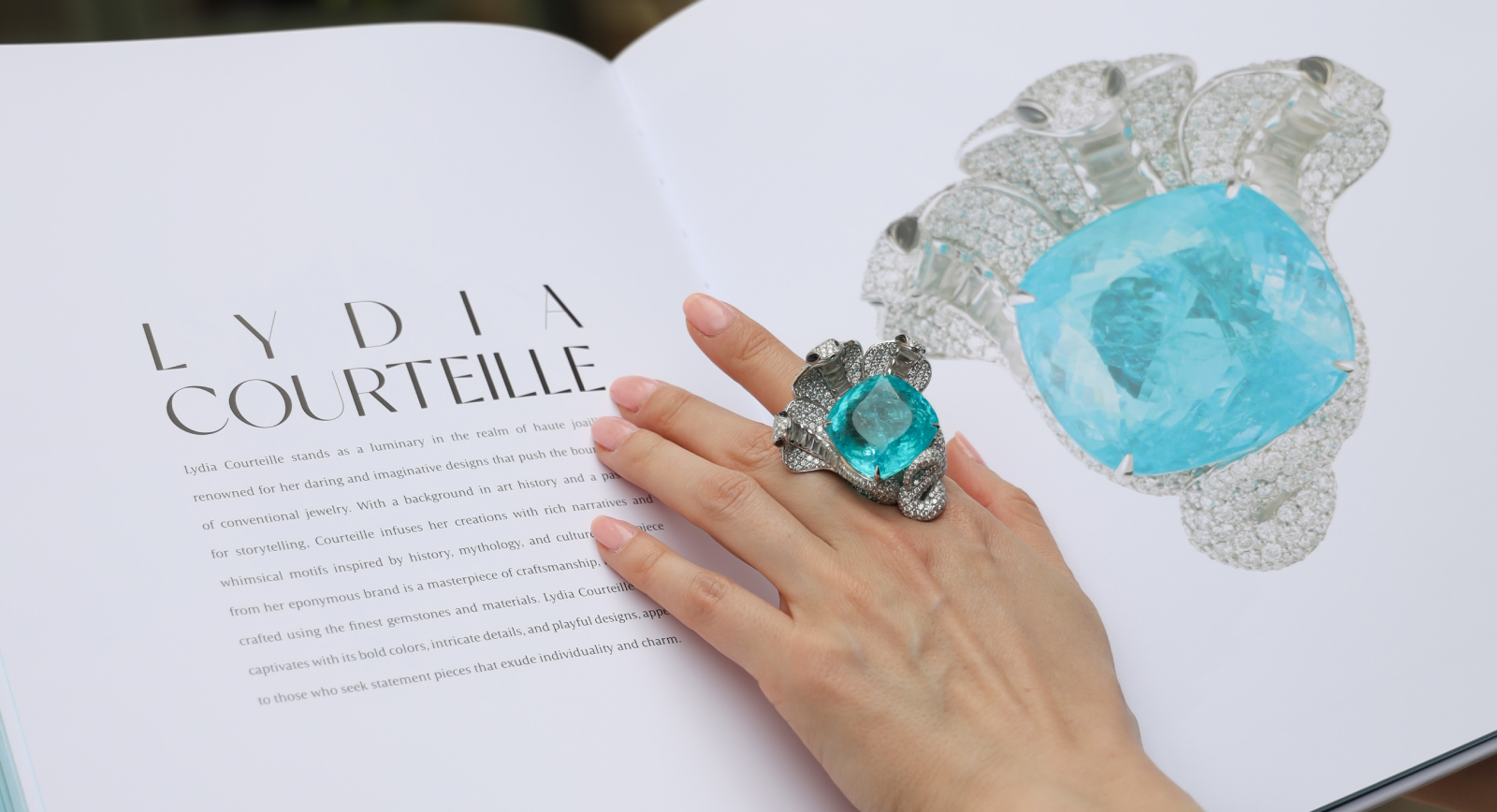
Writing Adventures:Co-Authoring the Book
Paraiba: The Legacy of a Color
Brand Focus: Louis Vuitton
Jewellery Insights straight to your inbox

